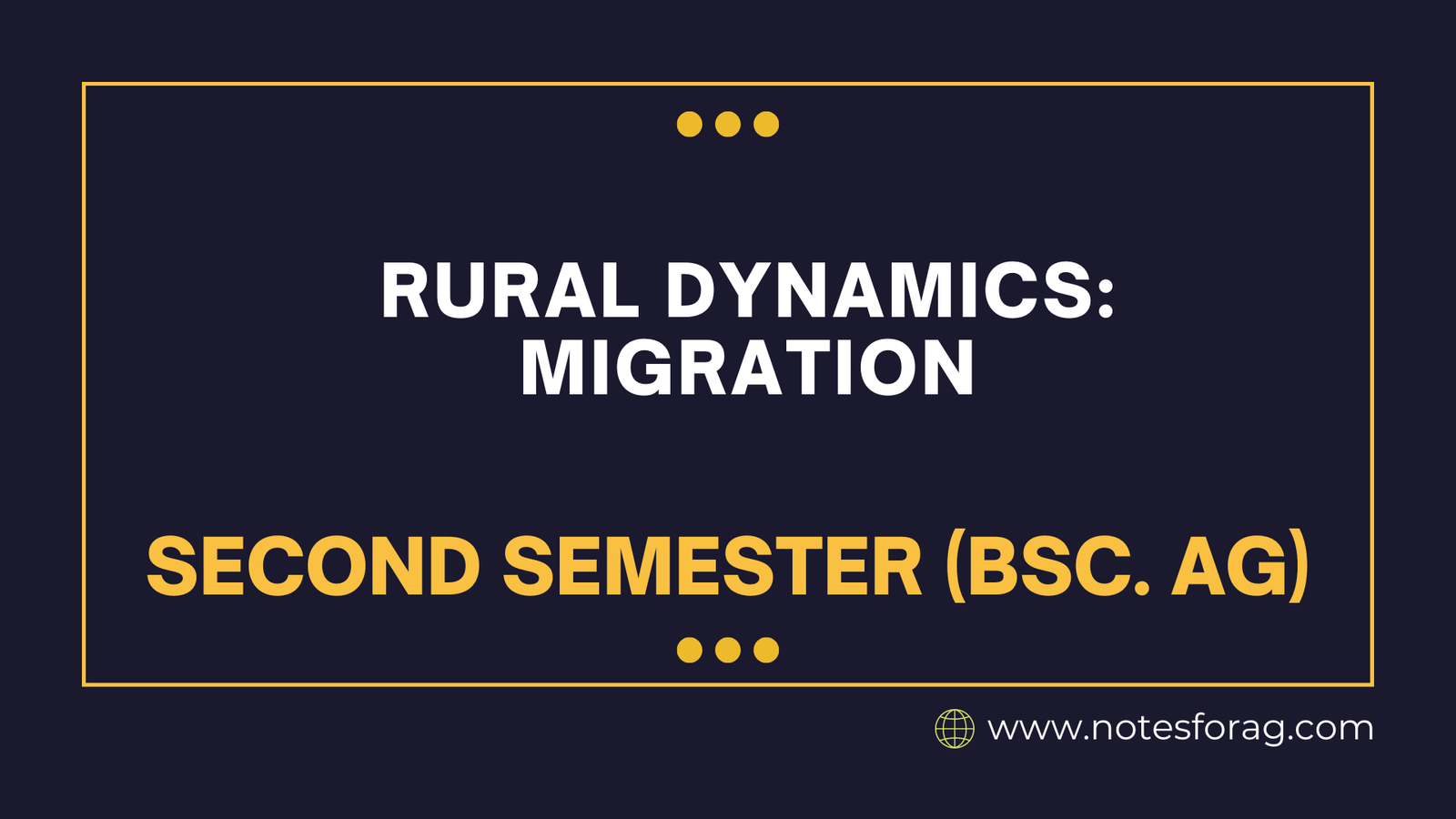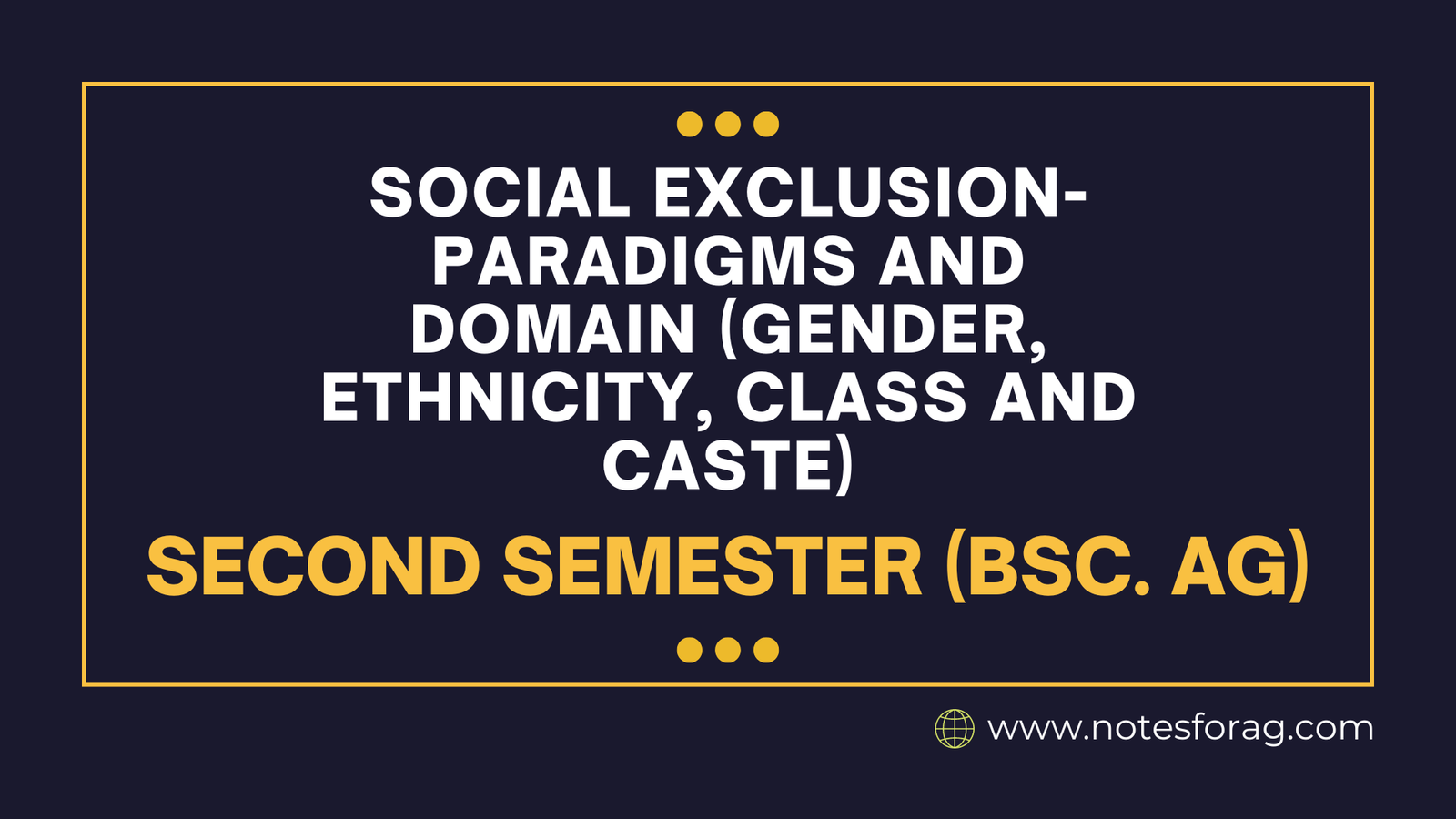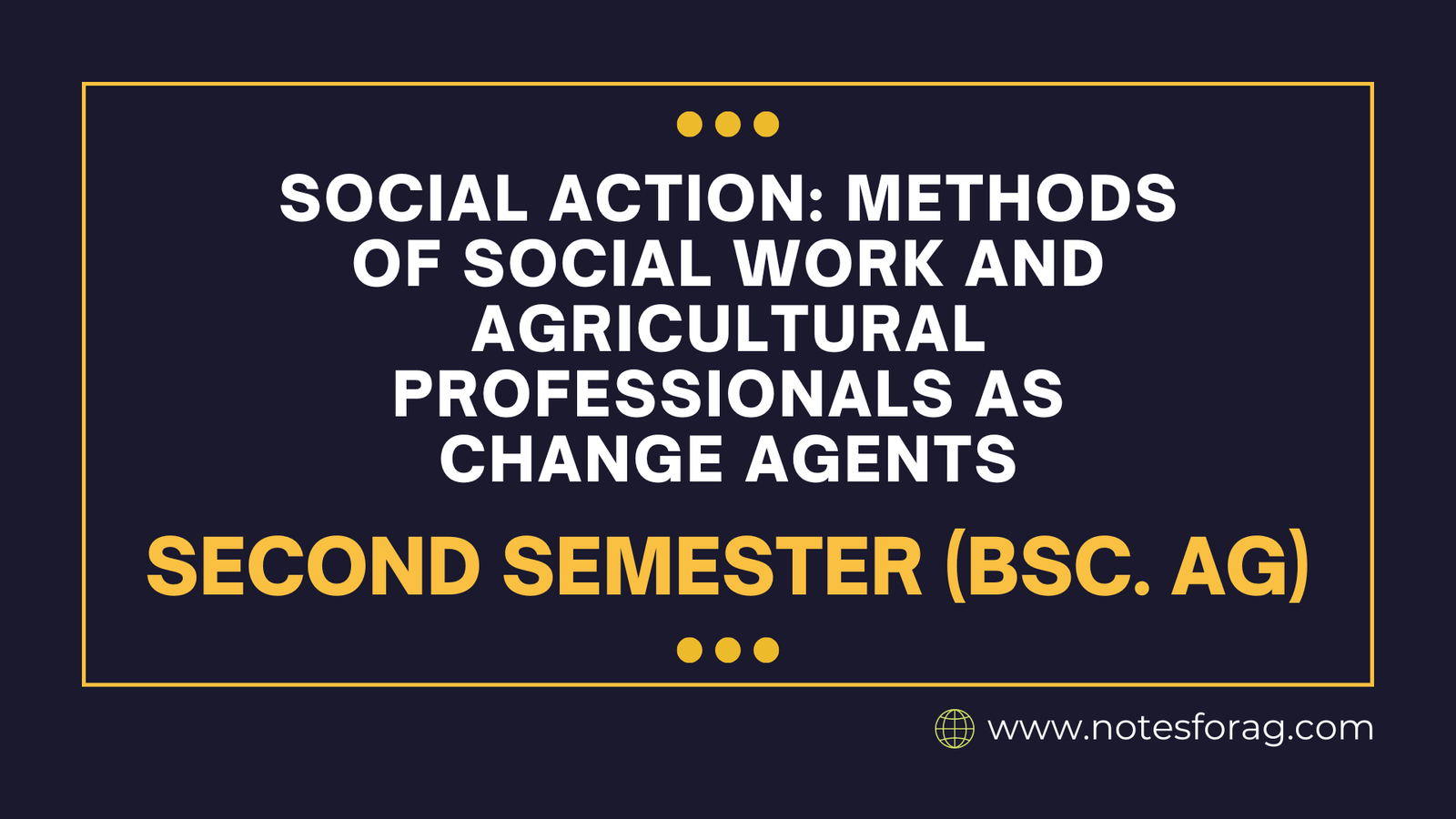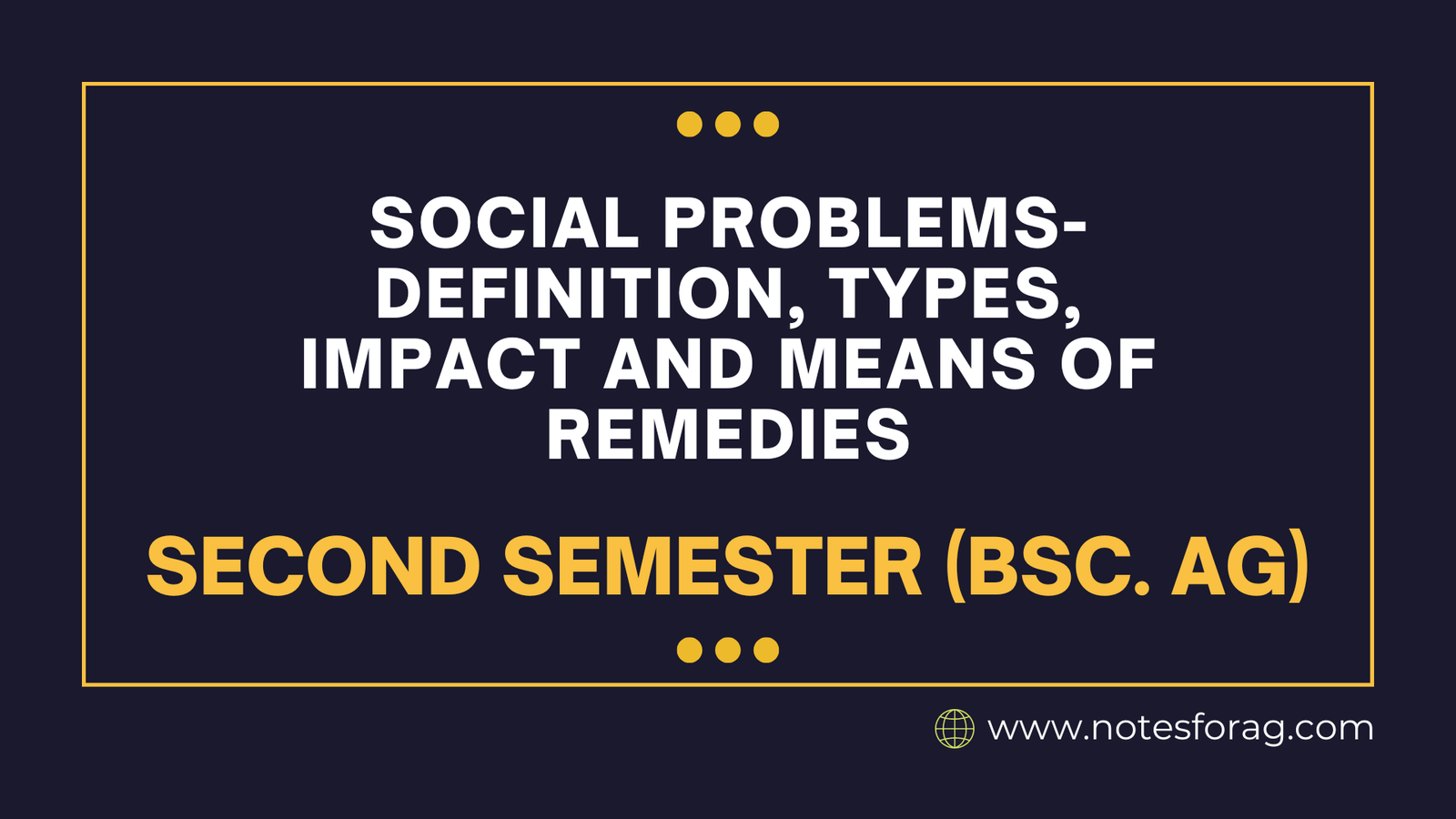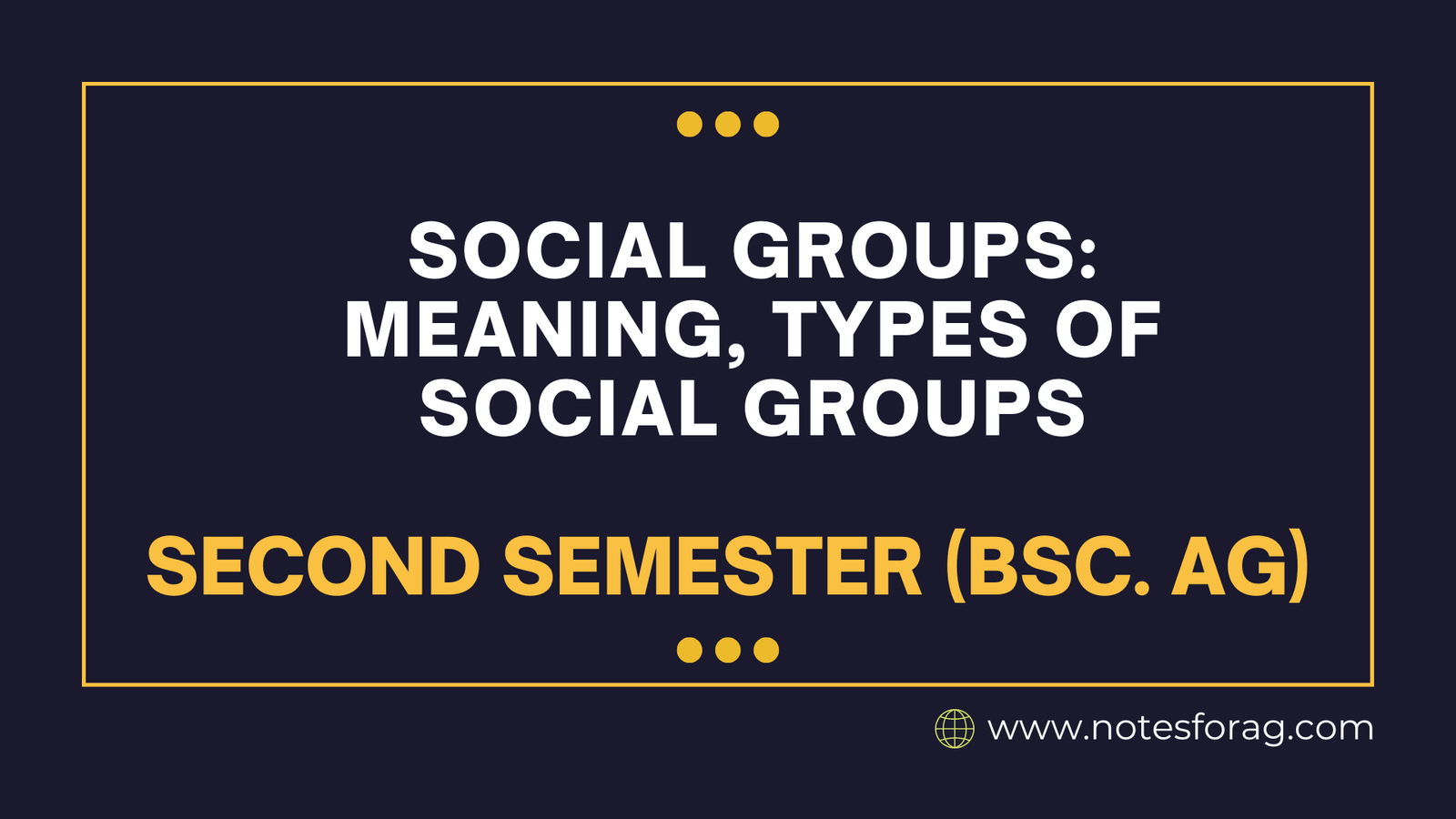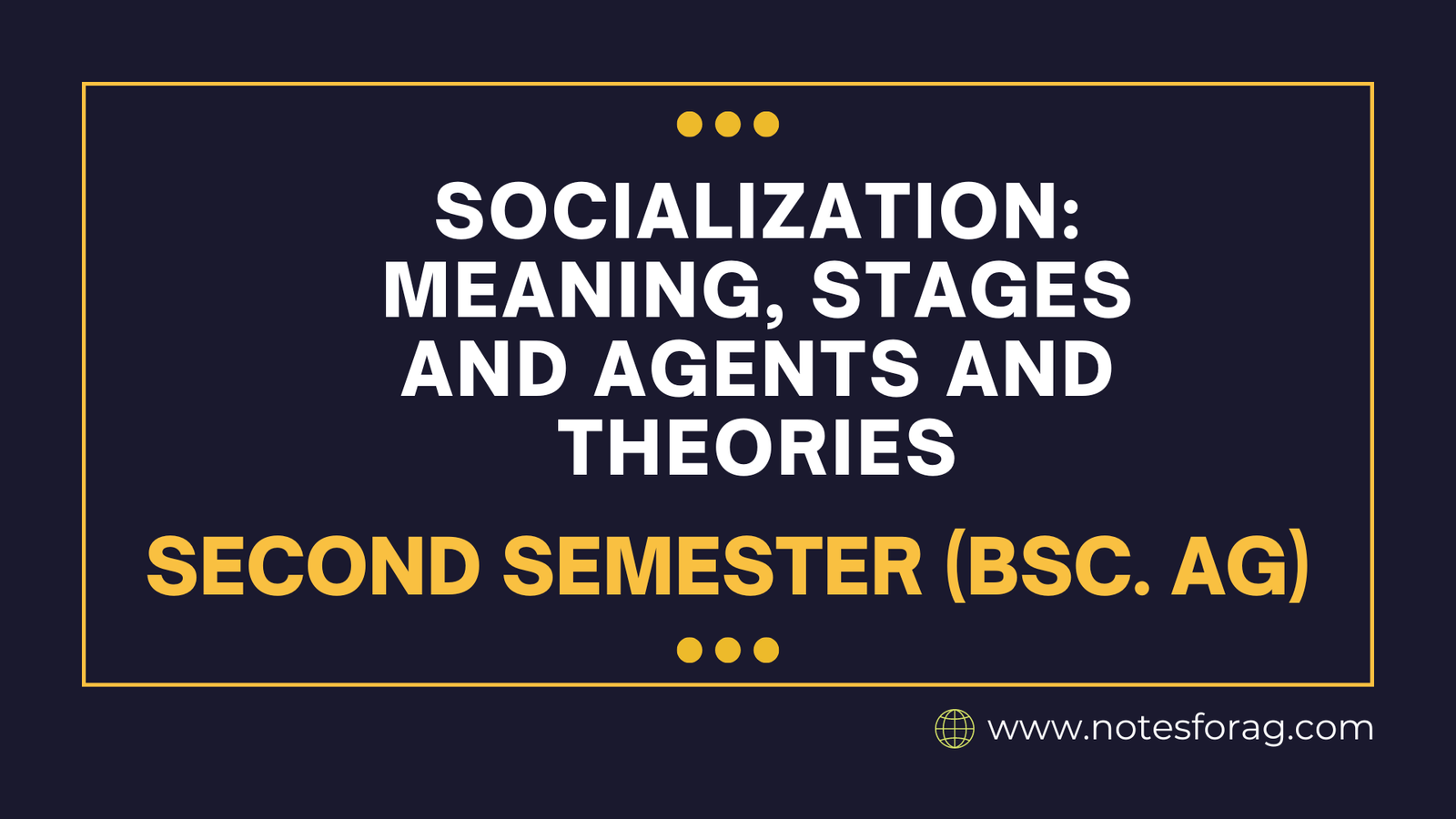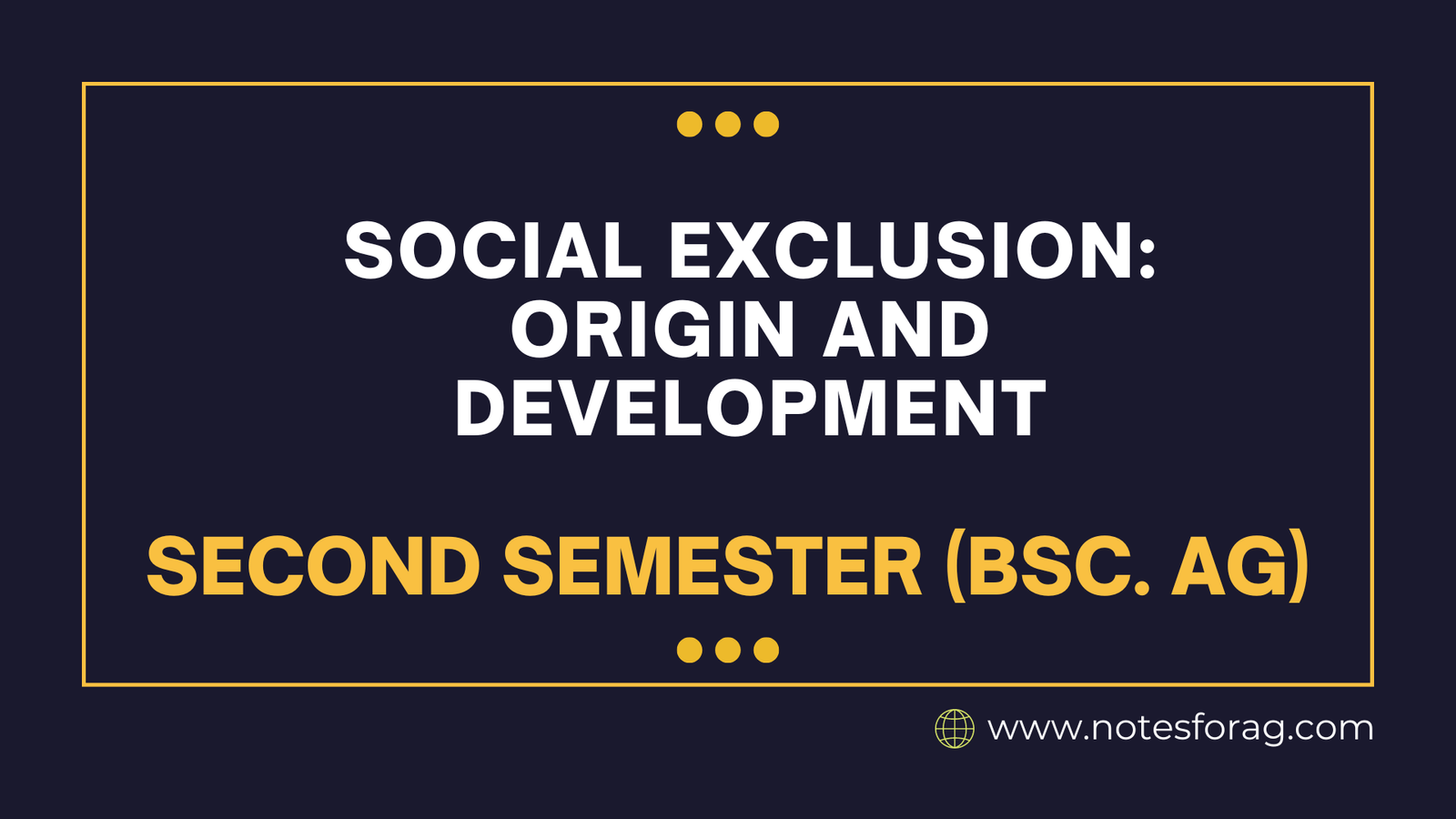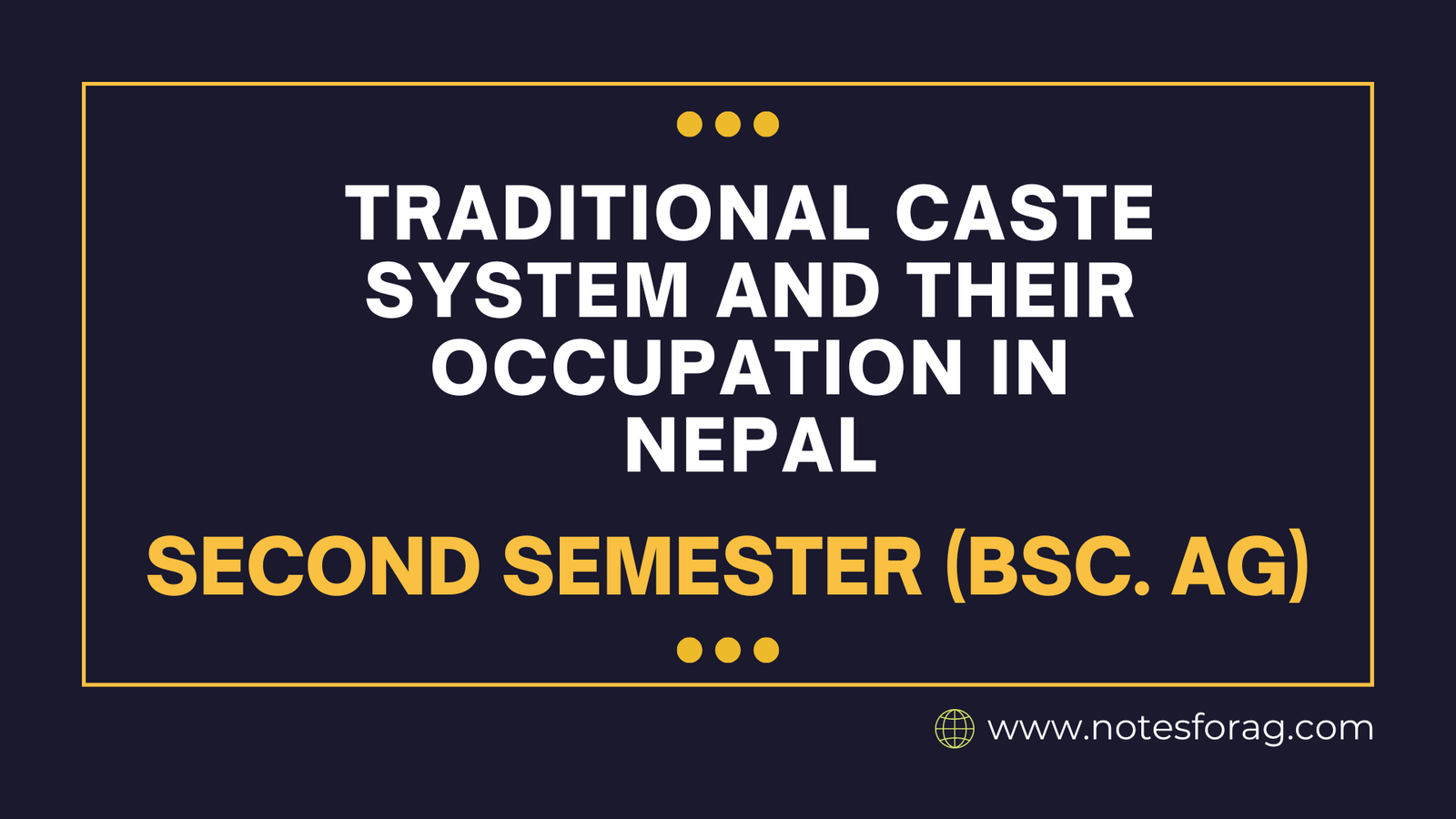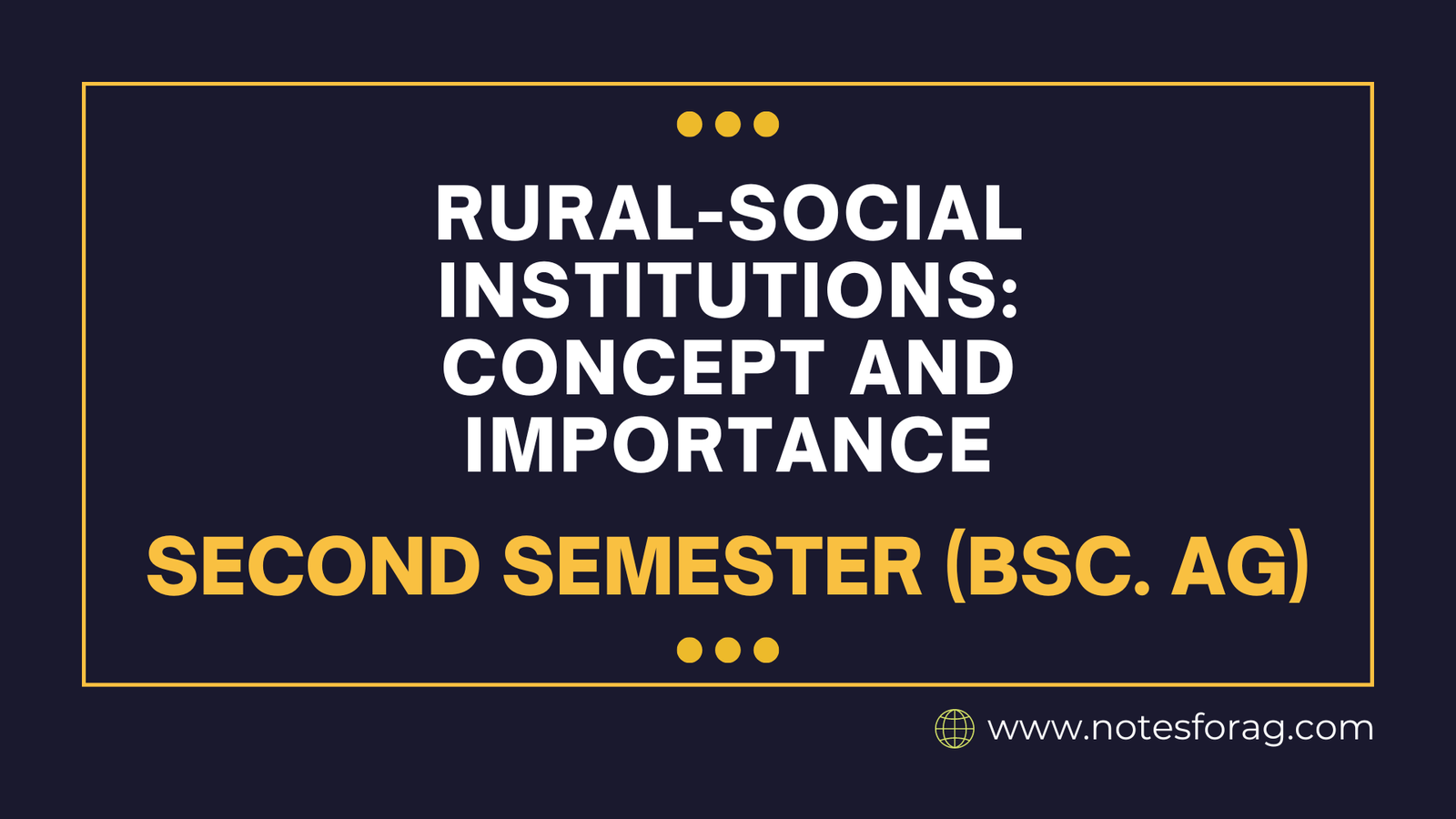Rural dynamics: Migration
Migration and rural dynamics include the trends and outcomes of individuals relocating from rural to urban areas. A number of reasons, including the desire for better living conditions, access to education, and work prospects, frequently motivate this migration. The rural communities of origin and the urban areas of destination are both greatly impacted by the … Read more

